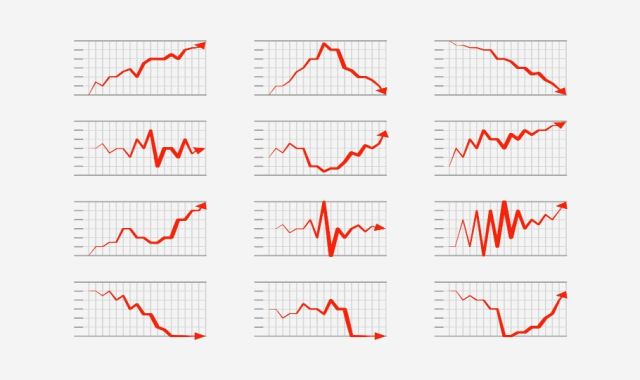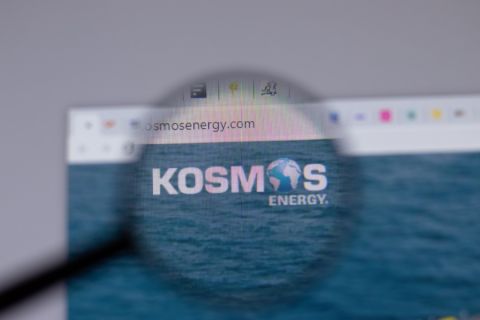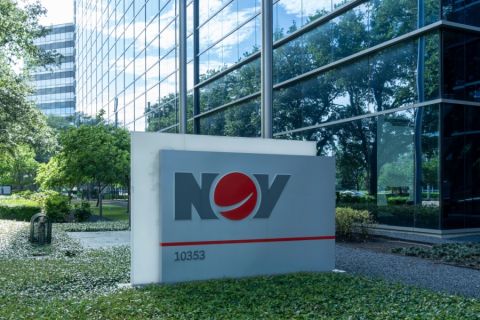
Hedging strategies for E&Ps and other energy players are poised to become much more cost effective with the establishment of a new energy futures market, called NASDAQ Futures Exchange (NFX). The new market is set to launch in midyear, pending regulatory approval.
The new energy futures market, coupled with an innovative clearing solution, is set to deliver cost reductions of up to 75%, for example, when market participants buy or sell options on key energy benchmarks, according to NASDAQ executives. Transaction costs that typically would be $2.50 on current exchanges are going to fall to $0.60 on NASDAQ Futures, they said.
The new cost structure is designed to provide market participants with the “best value for the lowest price,” said NASDAQ, and address “inefficiencies” in the current energy futures market, in which trading is centered around CME Group for West Texas Intermediate (WTI) crude and the Intercontinental Exchange, or ICE, for Brent.
“If you pay $2.50 for a WTI option on CME, and I tell you that you’re going to pay 60 cents per option on NASDAQ, that’s an immense amount of money that you can save,” said Rick Beaman, NASDAQ’s Head of U.S. Commodity Sales, based in Houston.
“You definitely get people’s attention when you tell them, ‘I can save you almost $2 on an option contract, or $1 on a futures contract,” he continued. “There are lots of companies out there for whom that translates into $3-$5 million in savings per year. That’s real money.”
The recent swoon in energy prices has made the advent of a new futures market all the more timely, according to Beaman. When oil prices were greater than $100 per barrel (bbl), costs of hedging were likely less of a focal point, but that changed dramatically as oil prices fell by over 50% and E&Ps scrambled to cut costs, laying off employees and dropping rigs, he said.
“Companies are definitely having to think about every single cost. It doesn’t matter who you are, costs mean something,” commented Beaman. “I believe we are in a very good place in the market. What we’re offering is substantial to the entire market.”
The initial viability of the start-up futures exchange is supported by a number of factors, not least being the commitments of key market participants and the much expanded presence and reputation of NASDAQ itself in a variety of energy and other derivative markets.
In terms of attaining critical early liquidity and broad product distribution, NASDAQ said it has secured support from prominent trading firms, inter-dealer brokers and futures commission brokers. Founding market participants include ABN AMRO Group, Advantage Futures, Goldman Sachs, JP Morgan, Morgan Stanley Capital Group and Virtu Financial.
“We’ve secured support from a number of market participants to provide early liquidity, and that certainly is a critical factor in the long-term success in ensuring additional liquidity finds its way onto the exchange,” commented Magnus Haglind, head of U.S. Commodities at NASDAQ. “In securing support from different sectors of the market, we’re very hopeful that our value proposition will resonate very well with the overall market.”
NASDAQ’s ability to offer “a low execution fee of 60 cents,” according to Haglind, is due in part to a “horizontal clearing model.” Whereas existing exchanges operate with both execution and clearing functions, “trapped in a vertical silo,” he said, the new exchange will have execution of trades performed by NASDAQ and clearing services done by The Options Clearing Corp (OCC).
OCC already clears trades for 16 U.S. markets and thus has the scale needed to be able to pass on operational efficiencies in the form of reduced costs. “We look forward to expanding the use of our world class operational and risk management infrastructure to clear energy derivatives for NFX,” said Michael McClain, president and CEO of OCC.
NASDAQ itself has been following a course of diversification into other assets classes over the last six to seven years. In 2008, for example, NASDAQ completed the acquisition of OMX, whose assets included Nord Pool, the first multinational exchange for trading electric power. OMX has expanded from its earlier Nordic and Baltic country base to now also trade German, Dutch and U.K. energy derivatives, as well as becoming a leading market for freight derivatives.
NASDAQ viewed energy as an area in which it could “broaden its commodity footprint,” said Haglind, especially since commodity futures trading remained relatively expensive to conduct, even in the wake of efficiencies resulting from electronic trading. “Why should it be more expensive to trade a crude oil option as compared to an Apple stock option?” asked Haglind rhetorically. “How come we have that price differential?”
The new futures exchange will trade key energy benchmarks, including futures and option contracts on WTI, Brent, Henry Hub, RBOB gasoline, heating oil and others. Trading will be in the exact same contracts as are traded on CME and ICE.
Whether using the new futures exchange from the U.S., Europe or Asia, “the exact same tools that are being used by E&Ps and others to hedge on CME and ICE today will be available to use on the NFX. But you’ll be able to do it on a much more cost effective way,” said Beaman.
Recommended Reading
E&P Highlights: April 29, 2024
2024-04-29 - Here’s a roundup of the latest E&P headlines, including a new contract award and drilling technology.
Kosmos Energy’s RBL Increased, Maturity Date Extended
2024-04-29 - Kosmos Energy’s reserve-based lending facility’s size has been increased by about 8% to $1.35 billion from $1.25 billion, with current commitments of approximately $1.2 billion.
Barnett & Beyond: Marathon, Oxy, Peers Testing Deeper Permian Zones
2024-04-29 - Marathon Oil, Occidental, Continental Resources and others are reaching under the Permian’s popular benches for new drilling locations. Analysts think there are areas of the basin where the Permian’s deeper zones can compete for capital.
NOV Announces $1B Repurchase Program, Ups Dividend
2024-04-26 - NOV expects to increase its quarterly cash dividend on its common stock by 50% to $0.075 per share from $0.05 per share.
Repsol to Drop Marcellus Rig in June
2024-04-26 - Spain’s Repsol plans to drop its Marcellus Shale rig in June and reduce capex in the play due to the current U.S. gas price environment, CEO Josu Jon Imaz told analysts during a quarterly webcast.





